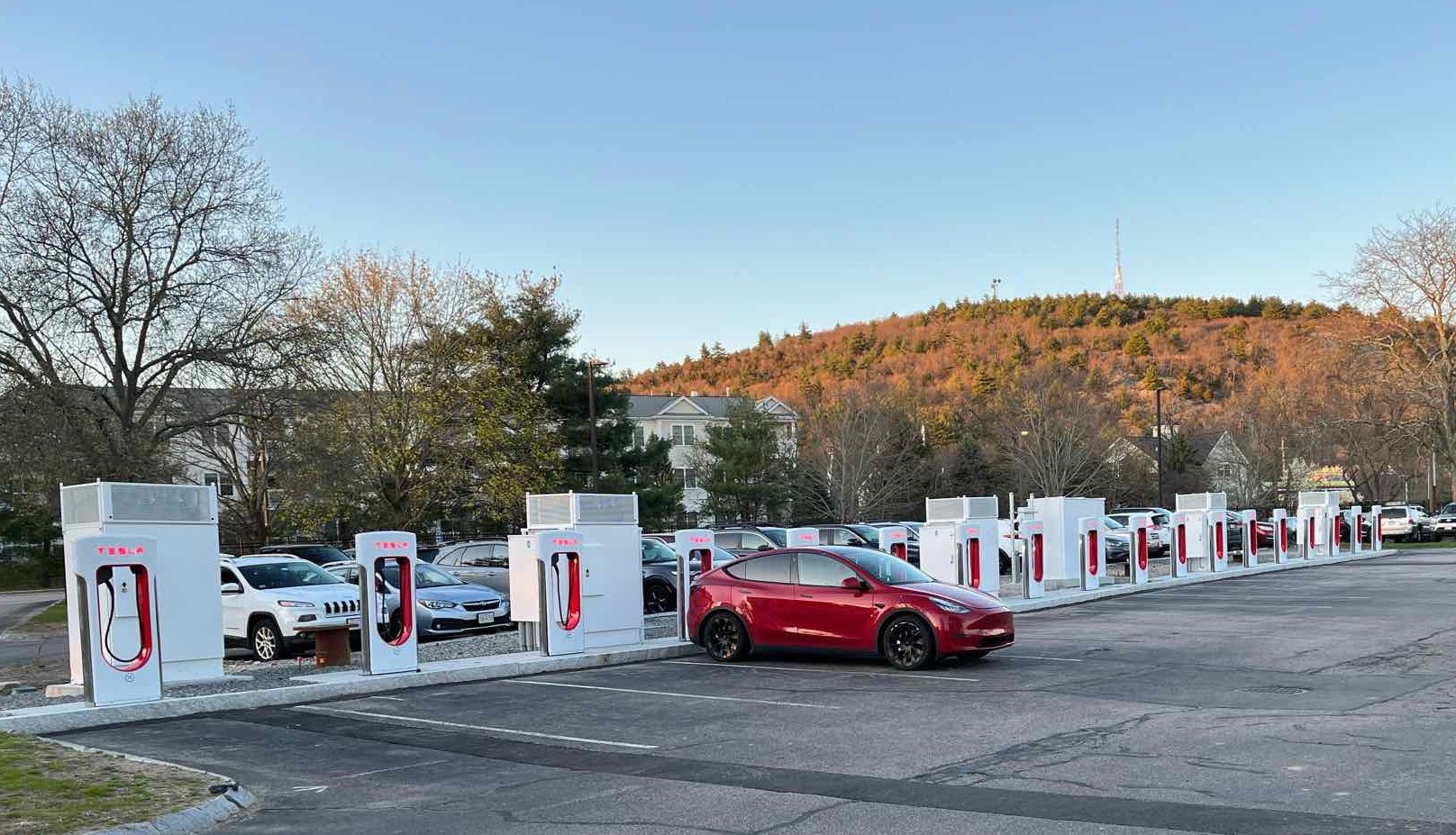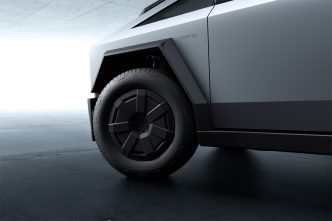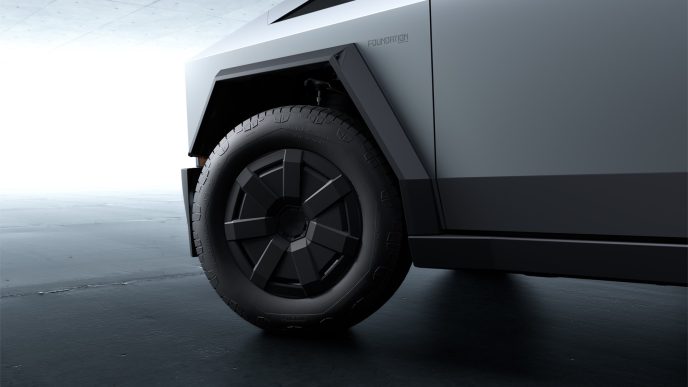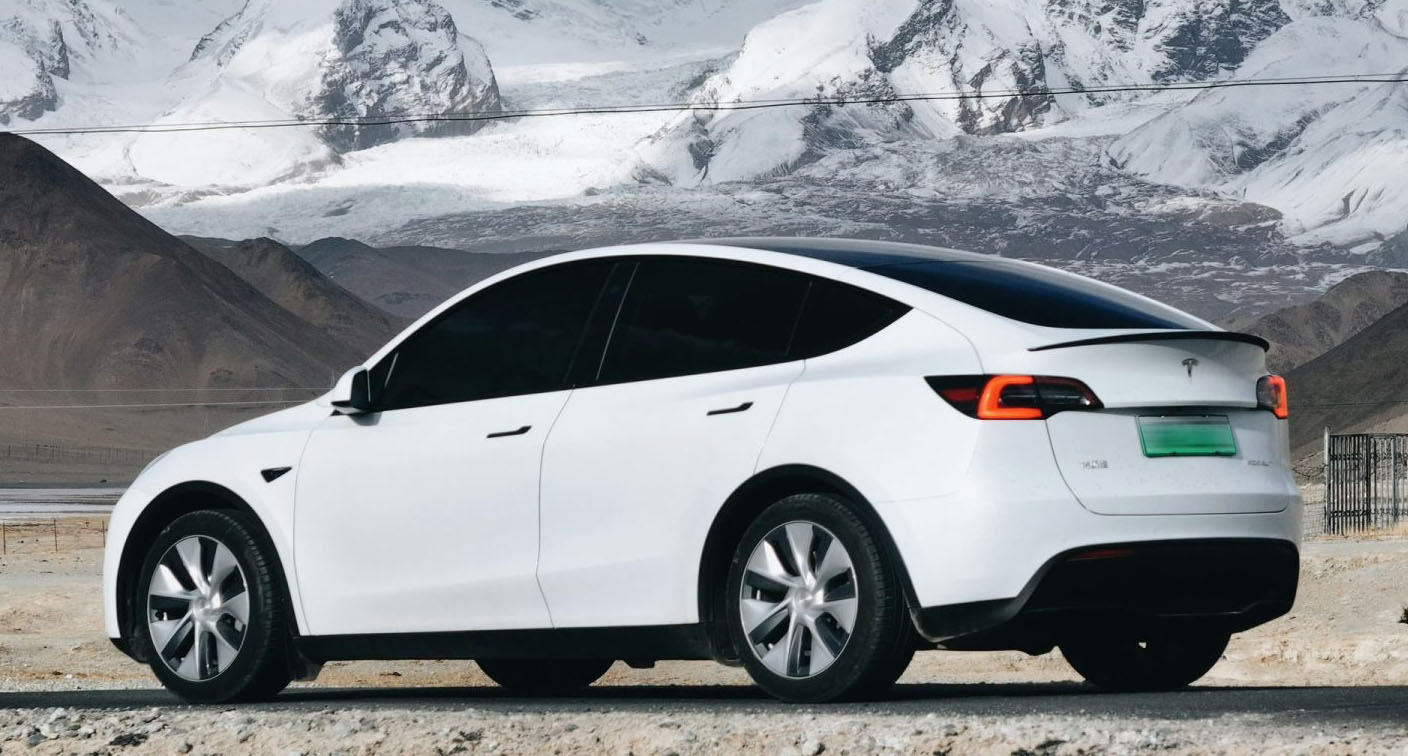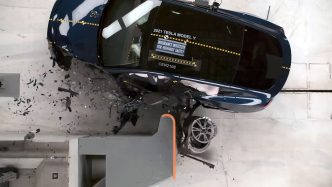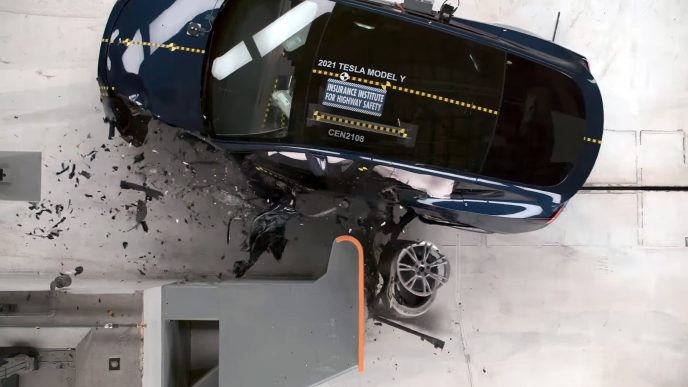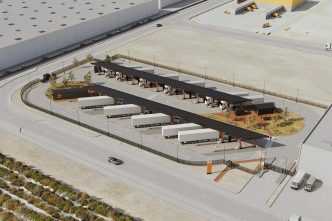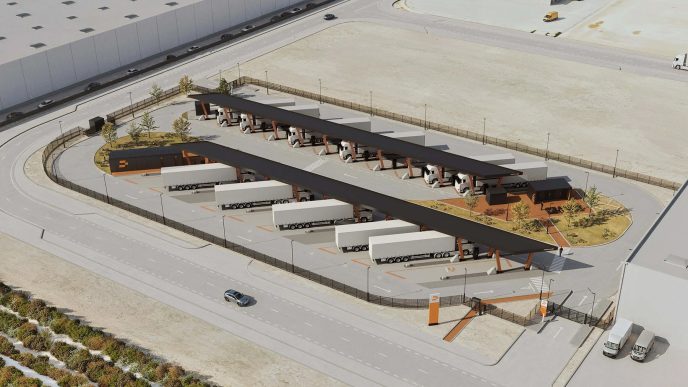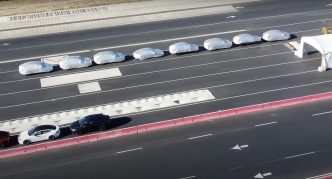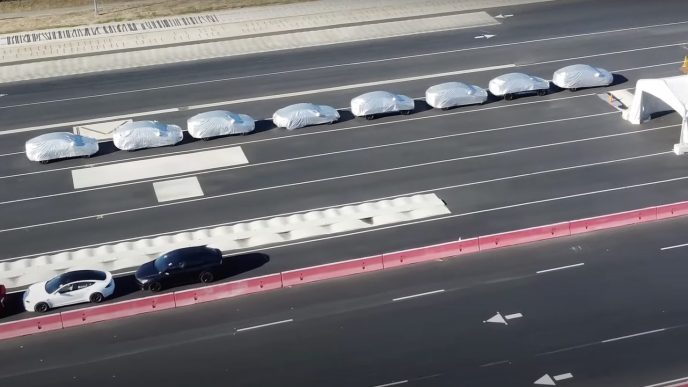Tesla has outlined a series of improvements to its Supercharger network as it expands access to electric vehicles (EVs) from other manufacturers. The enhancements, detailed in a recent post on X by Tesla Charging, aim to address compatibility challenges and streamline the charging experience for all EV users.
Key initiatives include upgrading to longer V4 Supercharger cables, which Tesla says will outnumber shorter cables at stations within 18 months. This upgrade responds to compatibility issues faced by non-Tesla EVs with varying charge port placements, often resulting in vehicles needing to block multiple charging stalls to connect.
Tesla also highlighted recent software updates to improve stall availability estimates. “The latest update allows vehicles to detect when EVs with non-Tesla charge port locations are plugged into short-cable stalls, providing drivers with more accurate stall availability data,” Tesla noted in the post.
— Tesla Charging (@TeslaCharging) November 22, 2024
To further enhance station usability, Tesla has modified over 1,500 Supercharger sites to reduce the need for EVs to occupy multiple spaces. The company plans to continue updating its network and has encouraged other EV manufacturers to align charge port locations with the Supercharger design.
In a notable instance, Tesla’s Lead Cybertruck Engineer Wes Morrill urged Rivian to reconsider the charge port placement on its upcoming R2 and R3 platforms, suggesting a move to the front right for improved compatibility.
Tesla’s deployment of longer V4 Supercharging cables coincides with the introduction of faster V4 cabinets, capable of delivering charging speeds of up to 500 kW. As companies like Ford, Rivian, General Motors, and Nissan adopt Tesla’s NACS (North American Charging Standard), the network is set to accommodate a growing number of EV brands.

